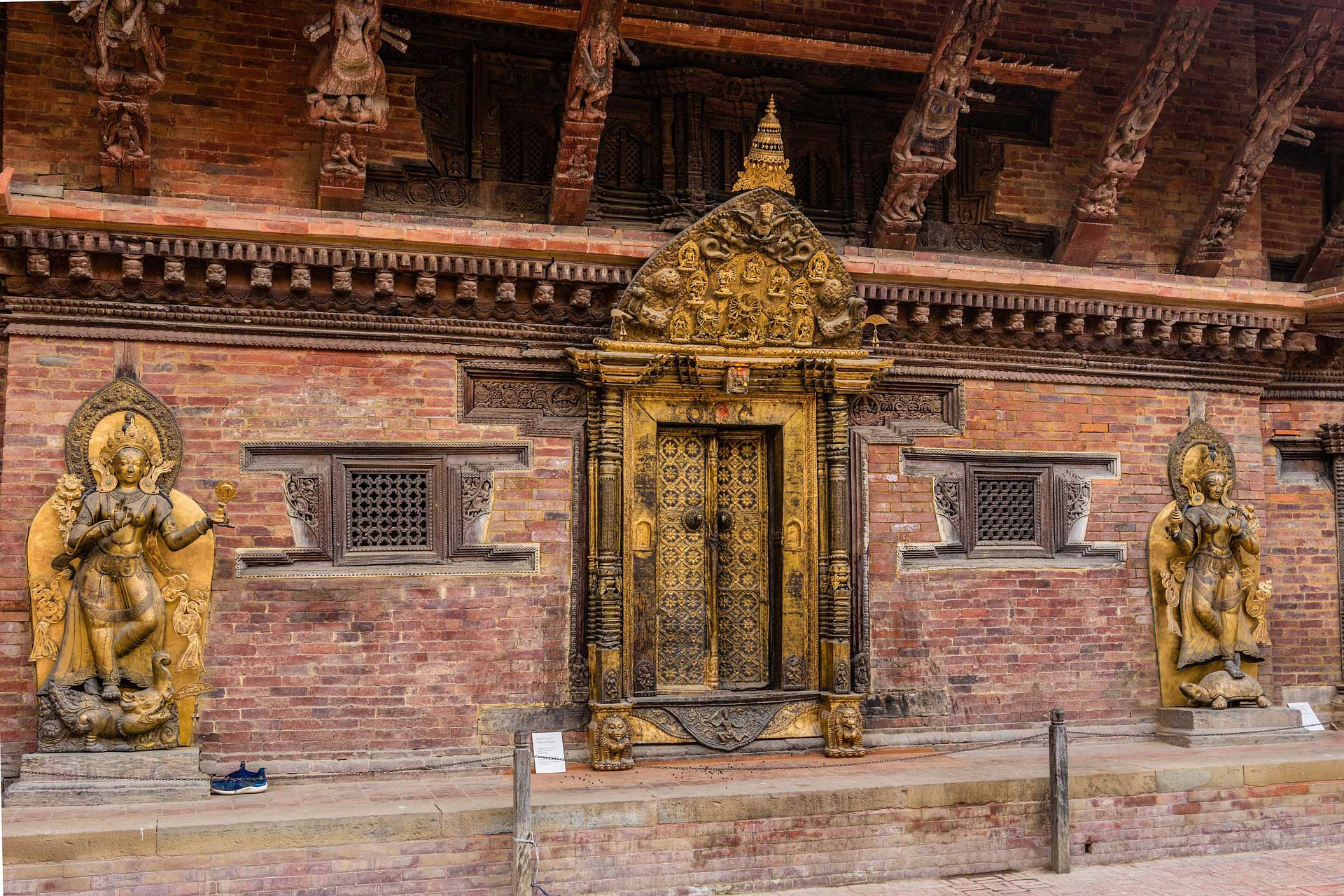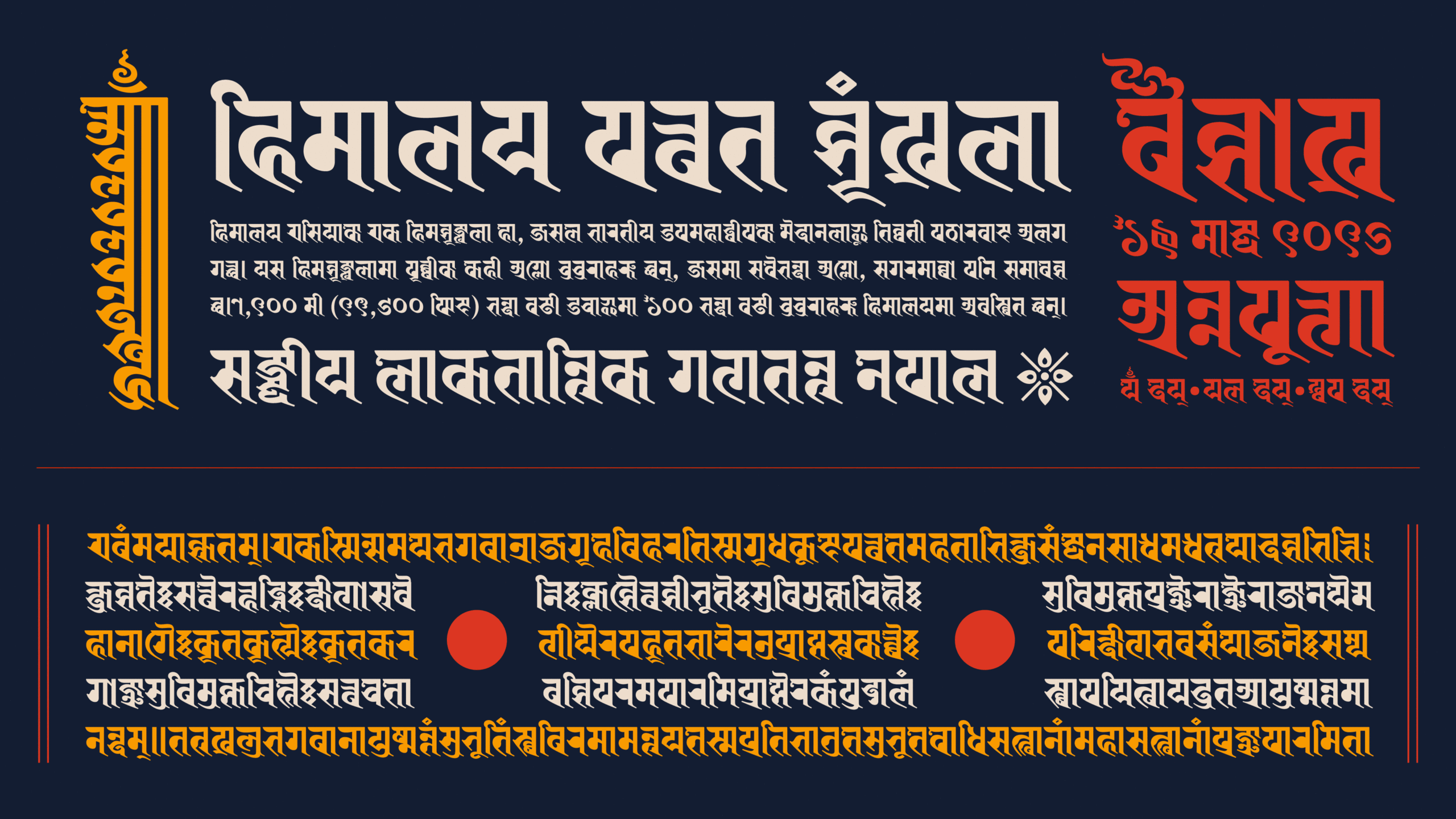
Despite being a little nation, Nepal is among the couple of nations which have overseen enough towards the preservation and manageability of the biodiversity. Nature has talented Nepal not just with the regular marvels like mountains and cascades; there are additionally numerous novel types of feathered creatures and creatures that are discovered distinctly in specific pieces of the globe. Nepal consequently has put forth numerous attempts towards their preservation. The public parks, natural life holds, and the chasing saves are a portion of the methodologies towards protection.
About Dhorpatan Hunting Reserve
Regularly, chasing and protection are the two inverse sides of the coin. In any case, the main chasing save in Nepal; Dhorpatan Hunting Reserve is the confirmation that the preservation is as yet conceivable corresponding to chasing. The save additionally offers the sightseers with the occasion to encounter another experience other than traveling and mountaineering.
The chasing save was set up in 1987 with the essential target to encourage the need of the chasing sport and to save the agent types of the mild, subalpine and high environment of western Nepal. The hold covers a territory of 1,352 sq km (512 sq miles) in the Dhaulagiri Himal in western Nepal and reaches out over the Rukum, Myagdi, and Baglung locale. The height goes from 2,850 m to 5,500 m (9,350 ft to 18,040 ft). The Dhorpatan Hunting Reserve is just the ensured zone in Nepal which is fruitful to get a chasing permit that is given by the Department of the National Park and Wildlife Conservation in Kathmandu.
Vegetation in Dhorpatan Hunting Reserve
The chasing save comprises of the woods, marshlands (called dhor) and level knolls (called patan). The vegetation found in the hold is high, subalpine and mild vegetation. The snow covers the region all around the year in higher elevations. 58 vascular plants are recorded in the hold. The hold additionally harbors numerous types of blooming plants among which 36 are endemic to the save. The Oaks: Quercus lantana and Quercus semecarpifolia are the types of the wooly-leaved oaks found in the lower height of the save. The other normal plant species in the hold incorporate Fir (Abies pindrow), Birch (Betula utilis), Spruce (Picea smithiana), Juniper (Juniperus recurva), Pine (Pinus wallichiana), Hemlock (Tsung dumosa), Rhododendron species and different types of high bushes. The neighborhood individuals living around the recreation center get the wood for lumber and fuel, feed and the field from the save. February to October is when living brushing is normal in the hold each year. Practically in excess of 80,000 animals enter the hold for touching.
Dhorpatan Hunting Reserve
Faunal Diversity in Dhorpatan Hunting Reserve
The Dhorpatan Hunting Reserve is additionally home to numerous types of creatures. There are 18 types of warm blooded creatures recorded in the save. Some of them incorporate snow panther, musk deer, red panda, and blue sheep. 137 types of winged animals are found inside the Dhorpatan chasing hold among which koklass bird, Impeyan fowl, and cheer bird are normal. In addition, the save is additionally home to 2 types of reptiles. The blue sheep is the most famous species in the Dhorpatan chasing hold. Different incorporates goral, serow, rhesus macaque, Langur, and mouse rabbit. The Musk deer, Wolf, Red panda, Cheer fowl and Danphe are the jeopardized species that the Dhorpatan chasing save harbors.
Chasing Blocks and Animals Permitted for Hunting in Dhorpatan Hunting Reserve
The Dhorpatan Hunting Reserve is encircled by the town aside from in the North. There are seven chasing blocks in the chasing hold. There are four squares in the Southern part and three in the Northern part and each are given a different name. These divisions are made to make the chasing simple and successful. Coming up next are the seven squares of the hold with the creatures accessible for chasing:
Southern Hunting Block:
– Falguna: Bluesheep and Himalayan Tahr
– Barse: Bluesheep
– Gutsang: Bluesheep and Himalayan Tahr
– Surtibang: Himalayan Tahr
Northern Hunting Block:
– Seng: Bluesheep and Himalayan Tahr
– Dogadi: Bluesheep and Himalayan Tahr
– Sundaha: Bluesheep and Himalayan Tahr
When to Visit Dhorpatan Hunting Reserve
The winters are freezing because of low temperature and a solid breeze blows throughout the colder time of year. The higher elevations are shrouded by the snow in all seasons. The mornings are overcast which are later eliminated by the breeze during the daytime yet the snowfall happens till early April. The storm begins from June until the remainder of November. It is, hence, best to visit the save somewhere close to March to April.
Approach to arrive at Dhorpatan Hunting Reserve
Transports are accessible that will drop you from Kathmandu to Tansen. The settle of the Dhorpatan Hunting Reserve is a three-day journey from Tansen. Likewise, you can get a trip to Pokhara from Kathmandu. From Pokhara, a four days journey by means of Baglung will leave you to the save settle.
The contracted helicopters can likewise be overseen from Kathmandu to the hold on your solicitation.
What for the Trekkers?
Dhorpatan Hunting Reserve is likewise ideal for the adventurers. Dhorpatan is a decent decision for somebody who might want to encounter the regular and social magnificence of distant Nepal. Alongside chasing, Dhorpatan chasing save offers with the opportunity to investigate the way of life and way of life of the nearby local individuals. The combination of the Hill clans and the Tibetan Refugees gives a special taste of culture. Adding on, the captivating perspectives on the Dhaulagiri and Annapurna Range are different attractions of the admirers of nature.
The Trekking Route
In spite of the fact that the trip is distant, the degree of the trouble isn’t unreasonably high. The travelers need not be experienced or an expert to achieve the trip. Anybody in a normal degree of wellness can discover the Dhorpatan traveling agreeable. Besides, the heights are not that sufficiently high to mess up a large portion of the adventurers. Be that as it may, safety measures to stay away from elevation disorder are incredible. All things considered, avoidance is in every case in a way that is better than fix.

Traveling begins from Beni. Beni is around 9 hours drive away from Kathmandu. Passing the Trishuli and Marsyangdi River, the path will take you to the Seti River and afterward to Pokhara. The following day you will proceed with your excursion and drive to Darbang (around 3 hours). Darbang is well known for the Khukuri (a weapon) ability. However, this spot isn’t your objective for now. You actually need to stroll around 5 hours to arrive at Dharapani, where you will go through the night. The Dhaulagiri stands wonderfully which can be seen from Dharapani.
The stroll on the third day is a simple walk. The view with the streams and the chasms urge the travelers to stroll ahead. The 6 to 7 hours stroll on the delightful path will take you to Lamsung: the objective of the day. Following day strolling through the timberland of the Rhododendron and Oaks, you will focus for Jaljala. The 6 to 7 hours trail furnishes you with the lovely perspectives on the Dhaulagiri, Gurju Himal, Churen Himal, Putha Himal and so on
The new morning presently calls you to investigate the Dhorpatan Hunting Reserve. Sliding through the Khahare Khola and intersection the blended woods, you presently reach to Dhorpatan following a 7 hours walk. Make the most of your stay at Dhorpatan. The following day you will investigate the hold. Various creatures like Leopard, Ghoral, Himalayan Tahr, Black bear, Barking deer, and numerous winged animals can be seen. The blended culture of the slope clans and the Tibetan will draw in you with their customary method of living and exchange. The wooden roofed houses are another fascination of the spot.
Also Read:
Find a way to support web and gadget speed.
Health Benefits of Yarchagumba
Best Places to Visit in Nepal
The ahead of schedule next daytime journeying to the Phagune Danda will draw in you with the excellent Himalayan reaches, wildernesses, and scenes. Further on, the trip keeps on arriving at the Jungle camp. The next day, we will stroll around 6 hours to arrive at the Gurhaghat. The path is a simple stroll along the level land with blended wilderness and streams. Overnight at Gurhaghat.
The travelers today will climb initially and afterward dive through the wilderness and crevasses. After the stroll of around 6 hours, you will currently arrive at Patichaur; the present last spot. The following morning will be the latest day of the journey.
From Patichaur the trip currently begins to arrive at Darbang. The initial two hours are not exactly hard. Proceeding with the journey, you will presently go rising and dropping through the wildernesses and the chasms. As you get up to the Darbang, you would now be able to head to Beni. It will take around three hours to arrive at Beni. The woodland, green slopes, waterways, and the streams are the genuine fascination of the drive.
Accordingly, this closures the journey to one and only chasing save in the nation. From Beni, you will presently drive back to Pokhara. Appreciate the stay in the wonderful city of lakes and afterward head back to Kathmandu.




Nice Article
nice article
I love reserves, they are such beautiful places. This journey seems wonderful and stunning.
good article
good article